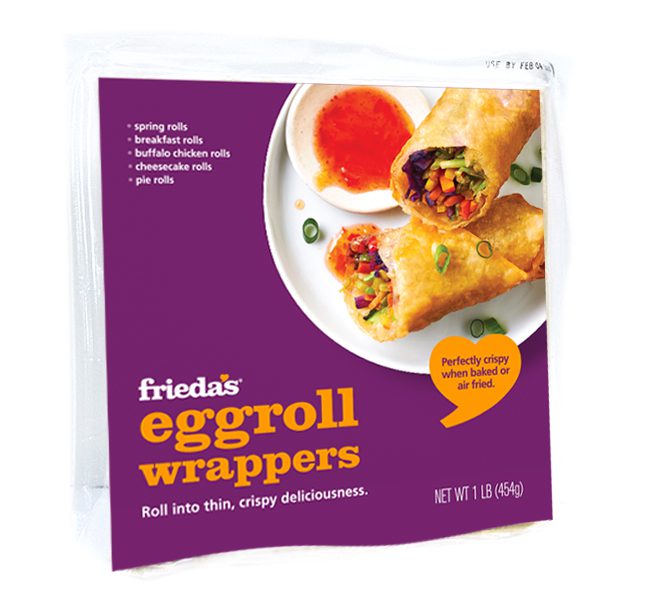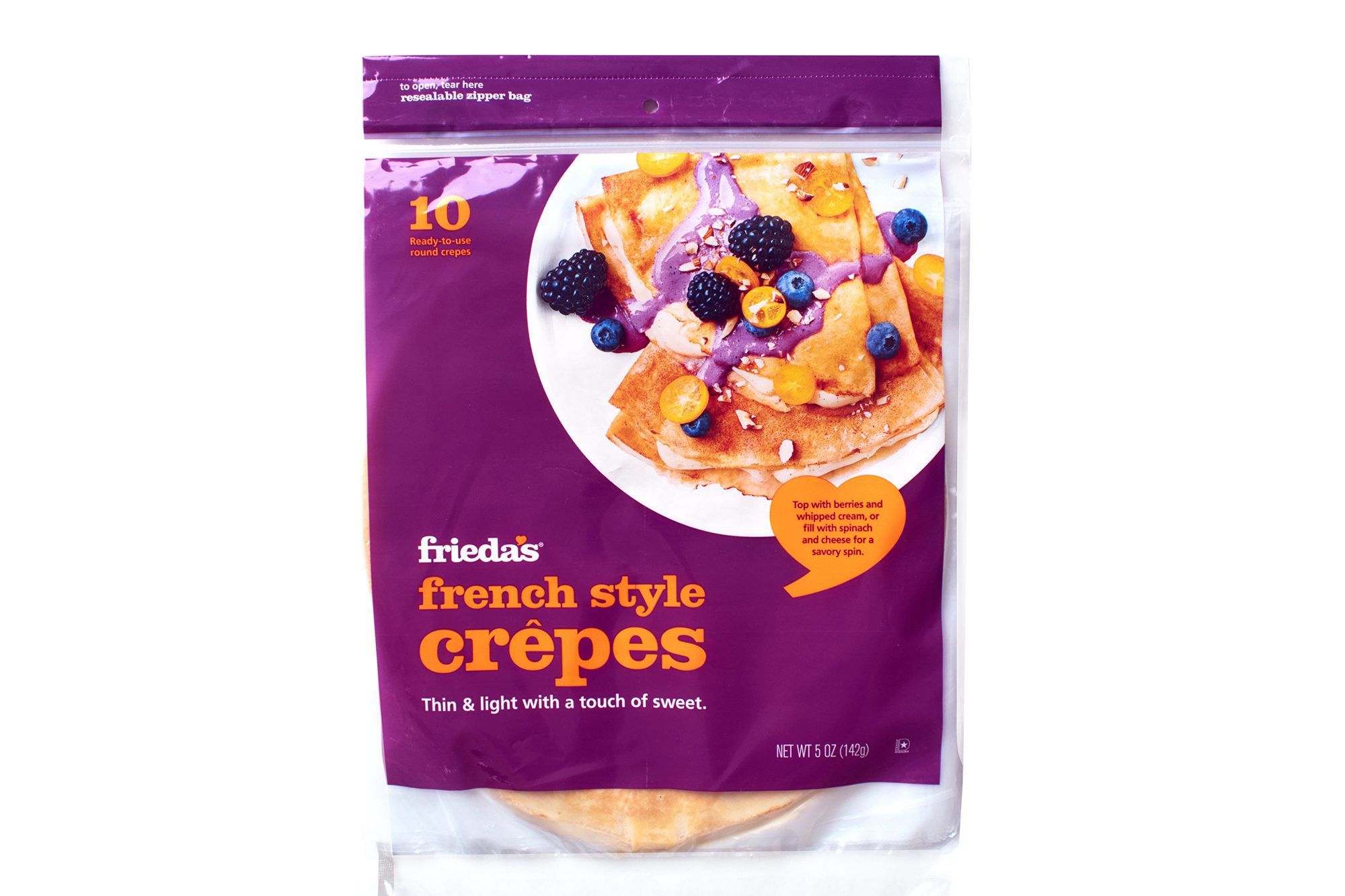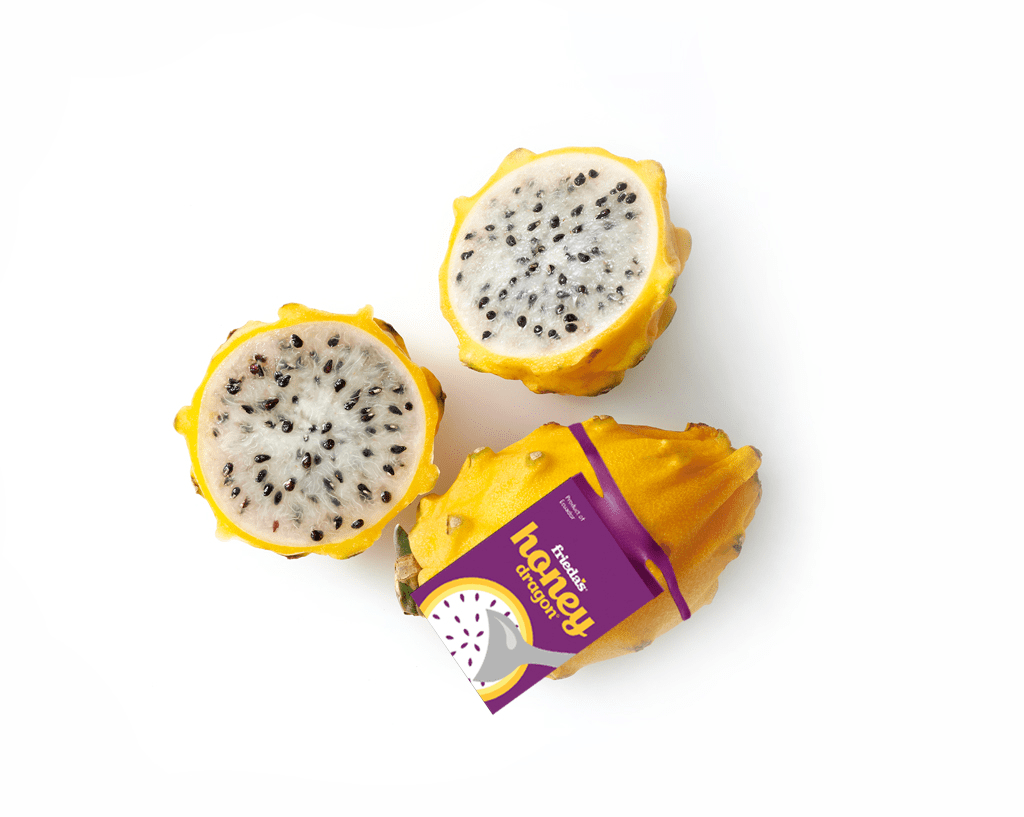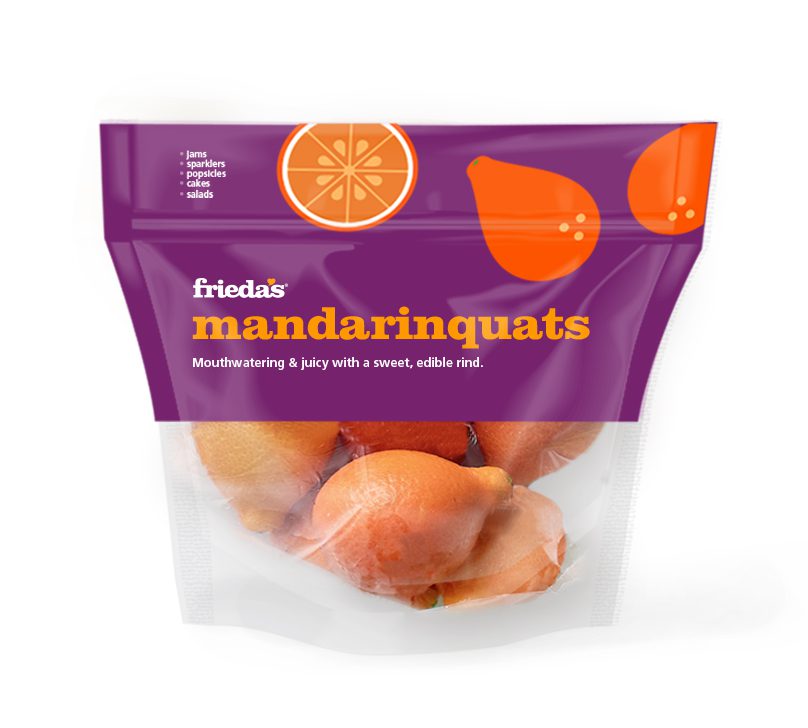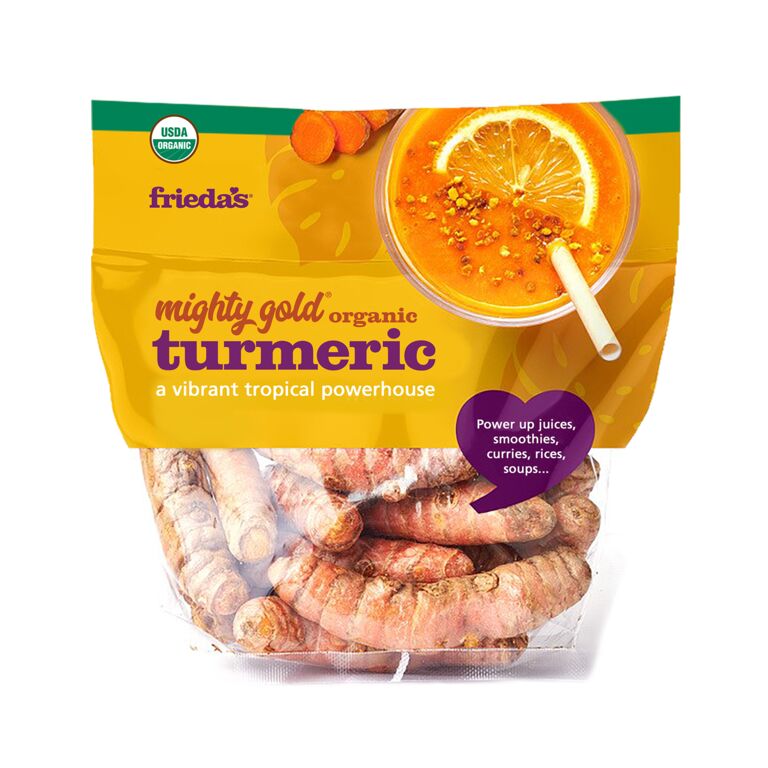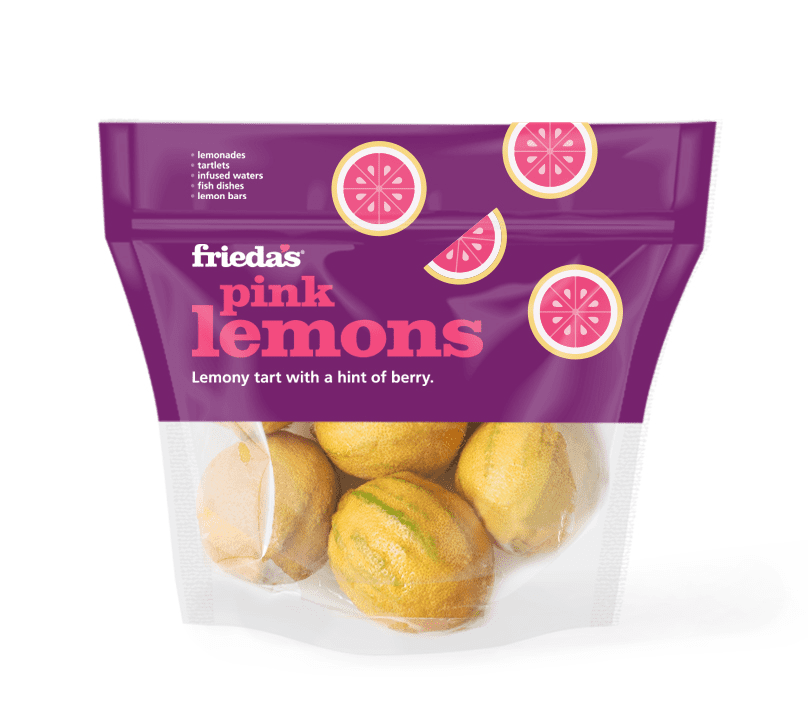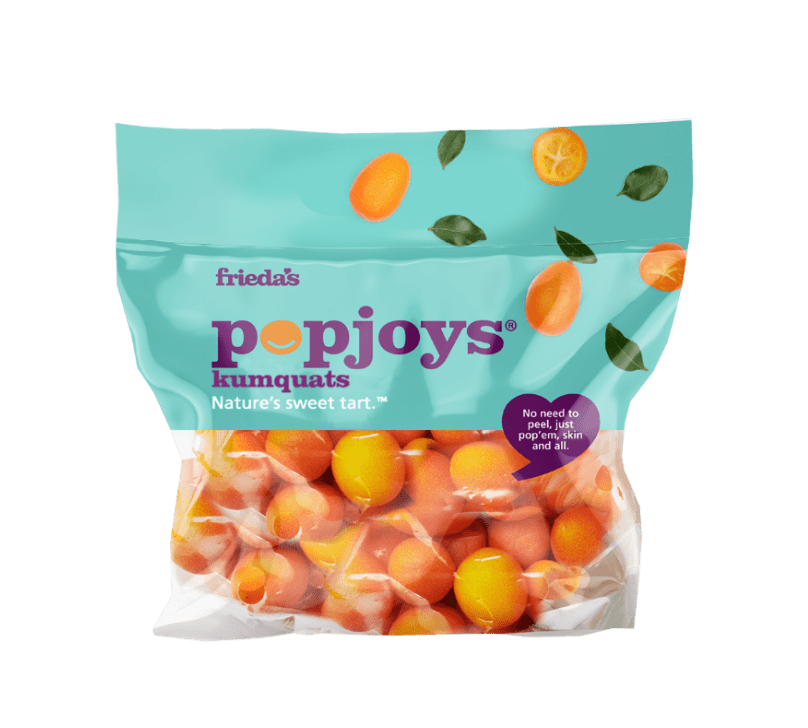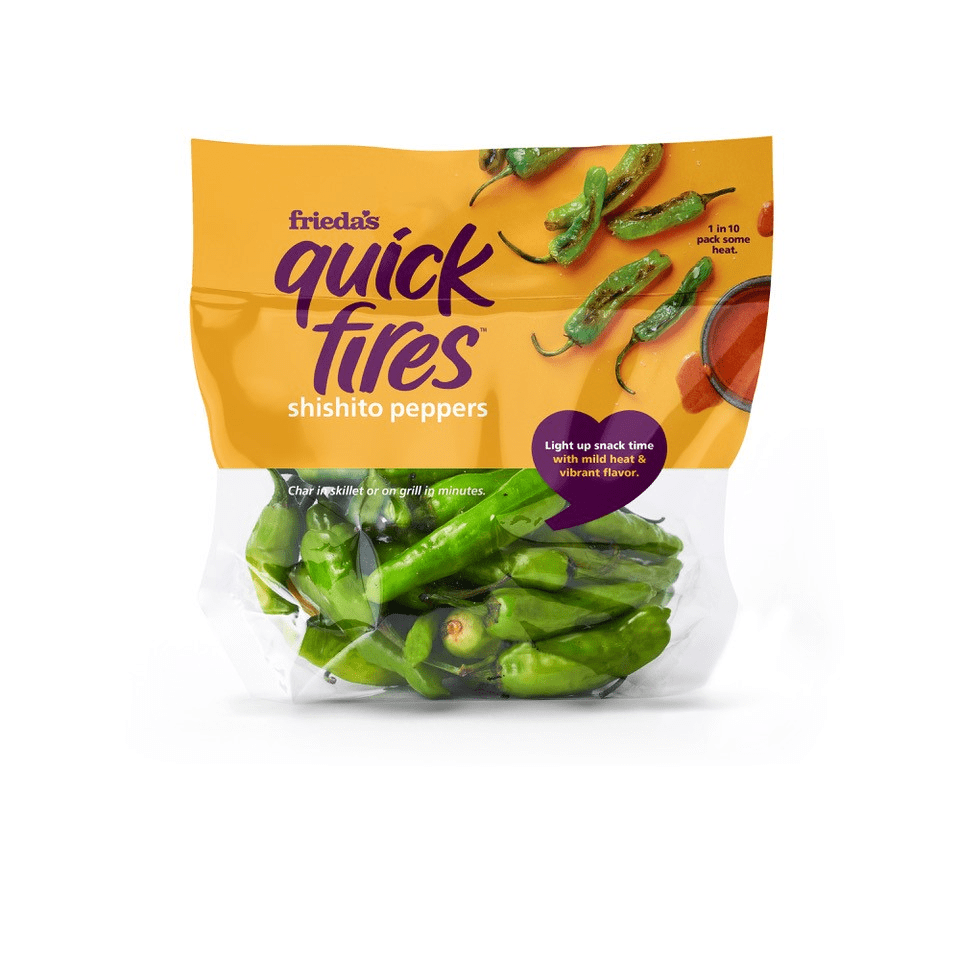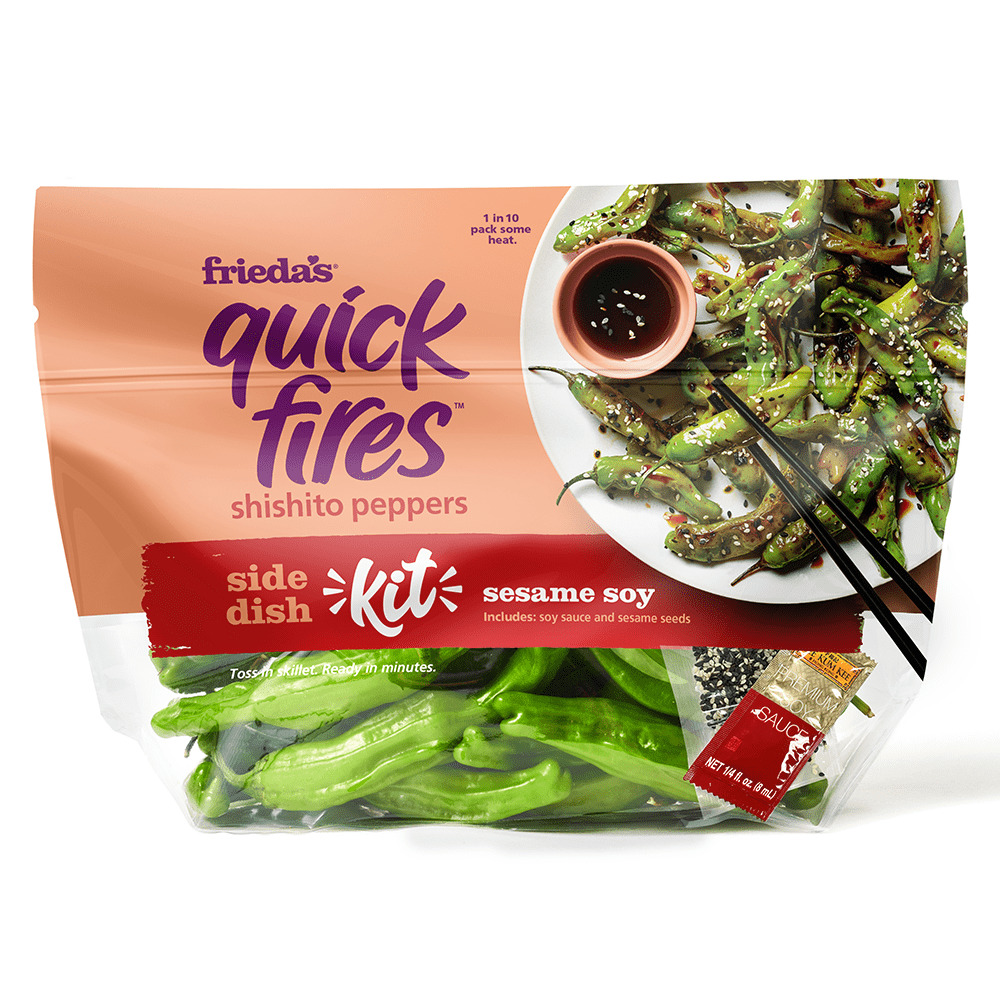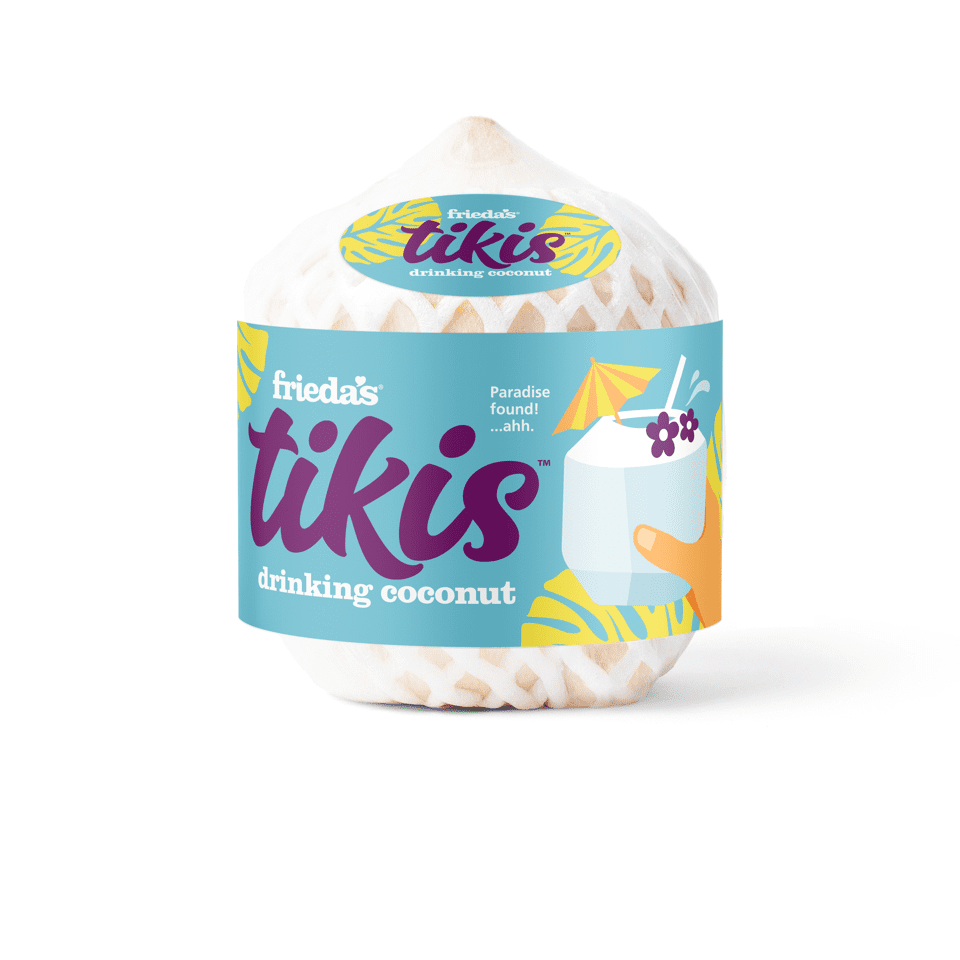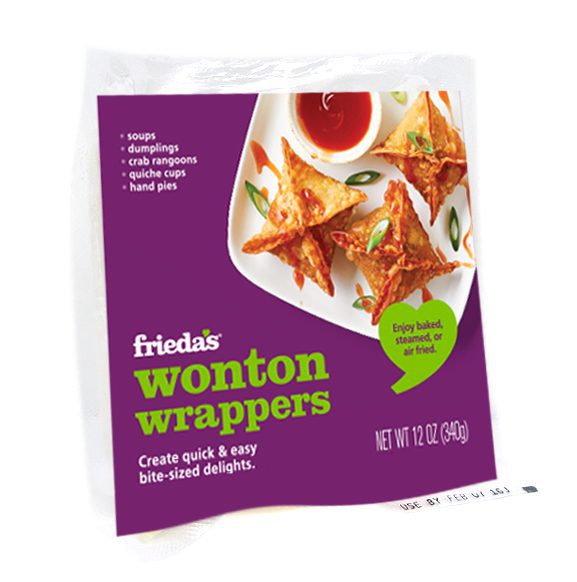I don’t remember how long our company has been selling Lemongrass, but I do remember our first Lemongrass grower. It was a couple from Bakersfield, California, who brought these wonderfully aromatic plants to us more than 35 years ago, and told us it was a popular ingredient in Asian cooking.
The Lemongrass looked like puny leeks with dried out yellowish tops, but they emitted a wonderful, intense lemony scent when you cut them. (Back then, I remember thinking the smell reminded me of a popular teen fragrance at the time – Love’s Fresh Lemon.)
Three decades later, we continue to sell fresh Lemongrass. Some of our supermarket customers sell it packed in small plastic bags or clamshell packages, but most ethnic supermarkets sell it loose in large displays so you can purchase large quantities. They must be on to something.
Today, I predict that Lemongrass will become the next “big thing” – and here’s why.
I have been reading some interesting email chains lately between people in the scientific community who I personally know and respect. And the subject? Lemongrass.
Among them are botanist Dr. James Duke, who developed the USDA’s Phytochemical and Ethnobotanical Databases, Dr. Roberta Cook of the University of California-Davis, and Mark Dafforn of the National Research Council, who is involved in Vetiver Grass research. (Read my previous blog post about Vetiver Grass.)
It all started with this article: “Israeli researchers find way to make cancer cells self-destruct.” It describes the process of apoptosis, in which cancer cells self-destruct, caused when one consumes tea made from fresh Lemongrass.
As Dr. James Duke wrote to us:
“…lemon grass is one of the 300 plants in my Green Farmacy Garden. And lemon grass is one of 3,000 medicinal plants for which I have dense boring write-ups. I suspect that more than 10 percent of them have some apoptotic effect on cancer cells. So I dutifully record it in a database.
I am more excited these days about herbistatins, now that Lipitor® has been proven to double the rate of diabetes in women. Herbistatins are safe herbs and spices that raise the good HDL and lower the bad LDL cholesterol… Some more familiar herbistatins include almond, black cumin, black pepper , chickpeas, chocolate, cinnamon, coconut, coriander, cumin, fenugreek, flax, garlic, ginger, green tea, lemon, oats, peanut, peppermint, pistachio pumpkin seed, sage, sesame, soy, tamarind, wasabi, and watercress.
Spiced hummus or tahini anyone? Could be healthier than Lipitor!”
Read one of Dr. Duke’s books here for more on this. Also more info on Lemongrass can be found here.
Back in the 1980s, I gave many talks about “Food as Medicine.” I spoke about the healthful qualities of garlic, dark green vegetables and tomatoes.
It seems that I may have been on to something!
Healthfully yours,
Karen


